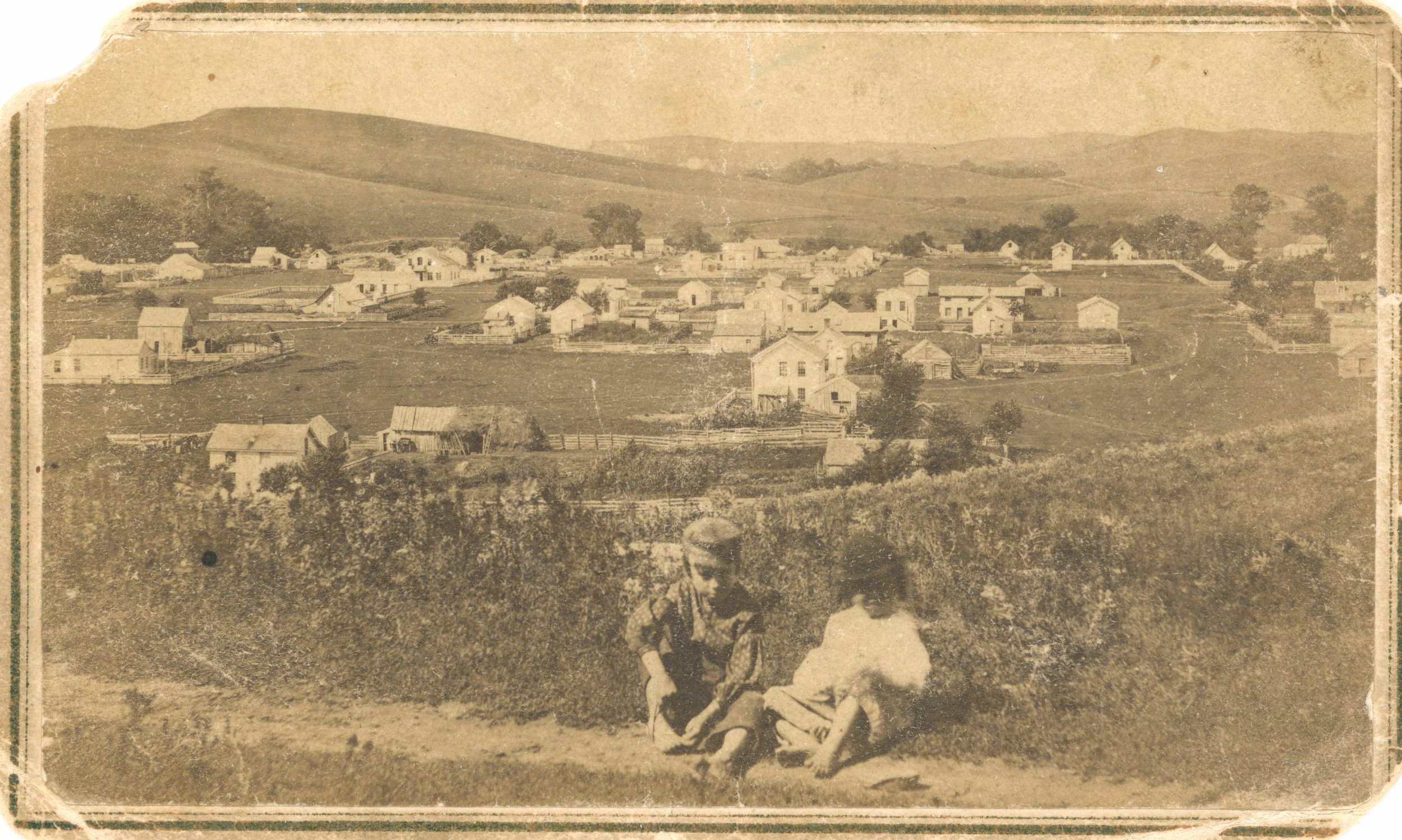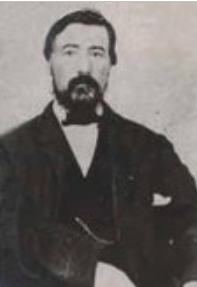
Sioux City History
Your link to the past.

Rice, Sergeant John R.
In August 1951 Sioux City became embroiled in a bitter controversy that erupted when officials at Memorial Park Cemetery refused to bury Sergeant John R. Rice, a decorated World War II veteran and Korean War casualty, because of his Native American ancestry. The event provoked public outrage both locally and nationally and eventually required the personal intervention of President Harry Truman.

Safford, Mary Augusta
Mary Augusta Safford was a very important woman in the Unitarian Church. Throughout her life she was instrumental in the establishment and growth of Unitarian churches across the American West in the late nineteenth century. She was the central figure in a group of women Unitarian Ministers called the “Iowa Sisterhood” that founded congregations in Iowa, Illinois, Minnesota, North Dakota, and South Dakota. In Sioux City she ministered at the First Unitarian Church from 1885 to 1899.

Sanford, Stella
Stella Wolf Sanford arrived in Sioux City with her husband in 1921. She first became involved in the Community House, teaching an English class for women. Later, Stella and her husband made a gift of $100,000 for a new community center on the westside. The Booker T. Washington Center's board of directors unanimously voted to name the new building "The Sanford Center" in honor of the donors. The Sanford Center, constructed at 1700 Geneva Street, was dedicated on June 17, 1951.

Short, Wallace Mertin
Just weeks after his arrival in Sioux City in 1909, Wallace Mertin Short made headlines in the newspapers when three men attempted to rob him. Short broke his cane over one of his mugger’s heads and fled to safety. In 1914, the minister began speaking publicly about two controversial issues of the time, temperance and labor unions. While controversial, he served as mayor, and later, in the Iowa Legislature.

Treglia, Mary and the Community House
A devoted friend to Sioux City immigrants and their families, Mary Treglia (1897-1959) dedicated her life to helping those in need. For over 33 years, she served the immigrant population of Sioux City as director of the Community House.

Trosper, Elzona
Elzona Trosper dedicated her life to helping improve the status of blacks and minorities in Sioux City. A social worker, wife, mother, and community activist, Trosper was tireless in her efforts to help those in need.


Weare, George
The first bank in Sioux City was a tin box about the size of a cake box. George Weare brought the box with him to Sioux City on December 26, 1855. At the time of his arrival from Cedar Rapids with the tin box with $1,000 in gold, Sioux City consisted of 6 log cabins! Three or four feet of snow covered the ground.

Wilkins, Mary
On April 26, 1857, the new teacher arrived on the first steamboat of the spring season, the Omaha. Mary Wilkins, a nineteen year old from Keosauqua, Iowa became the first teacher.

Mrs. Margaret (Ralph) Crary
An oral interview with Sioux City writer Margaret Crary, who authored nine novels for young people during her lifetime.
